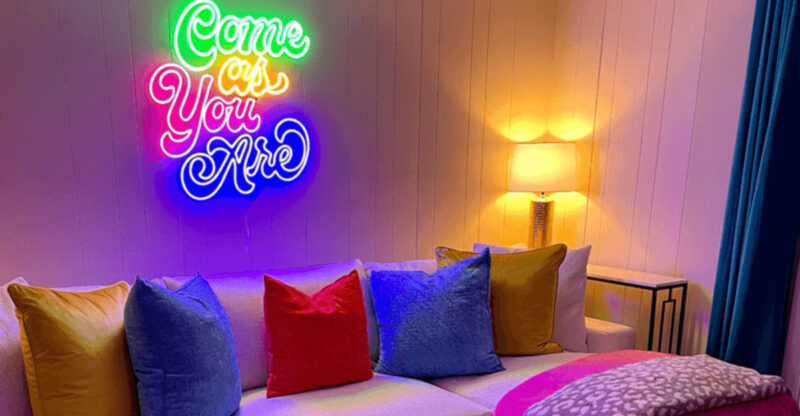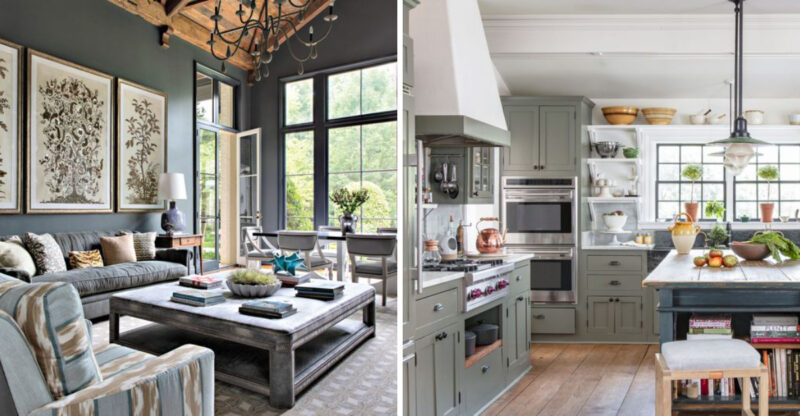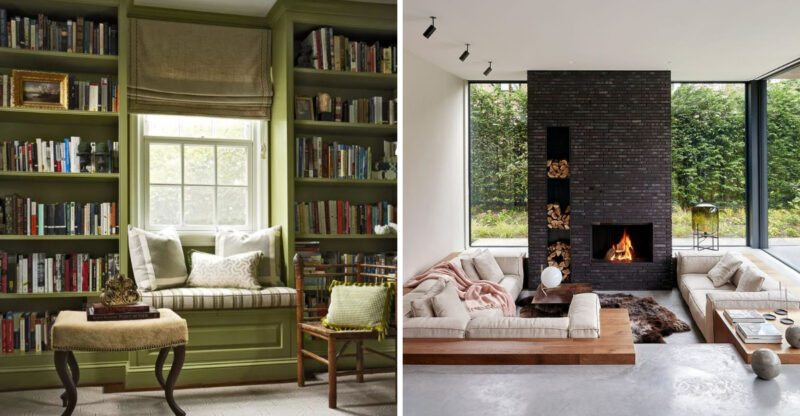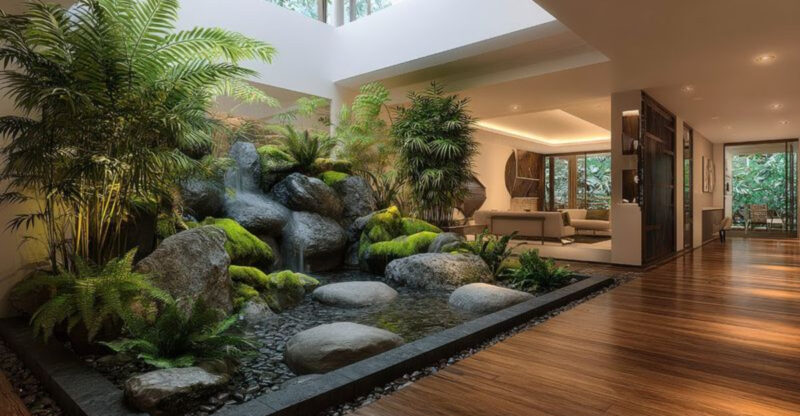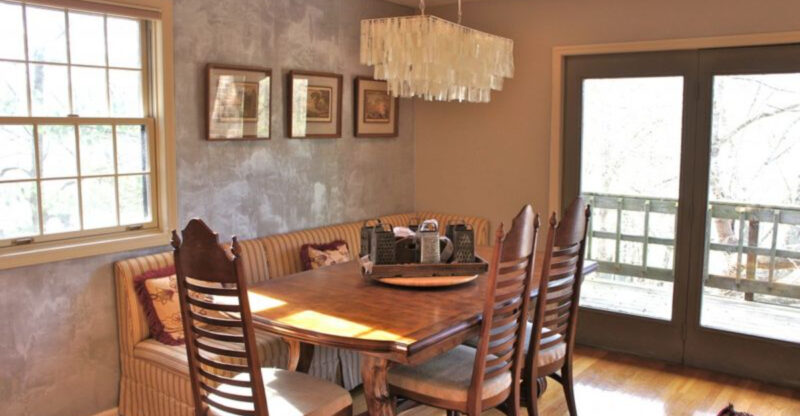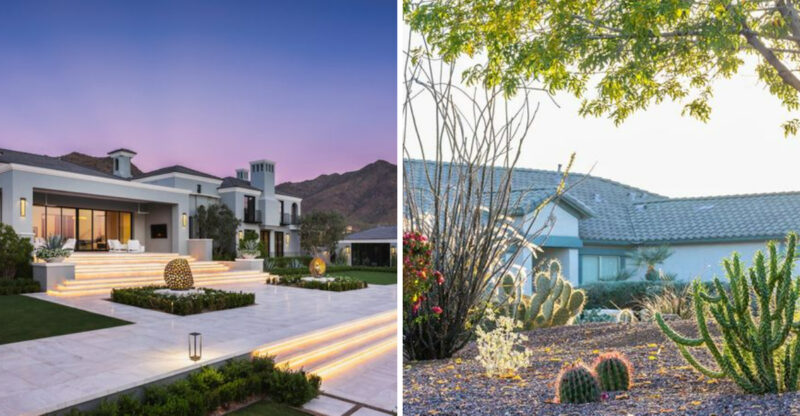Home Trends That Could Fall Out Of Favor In The Future
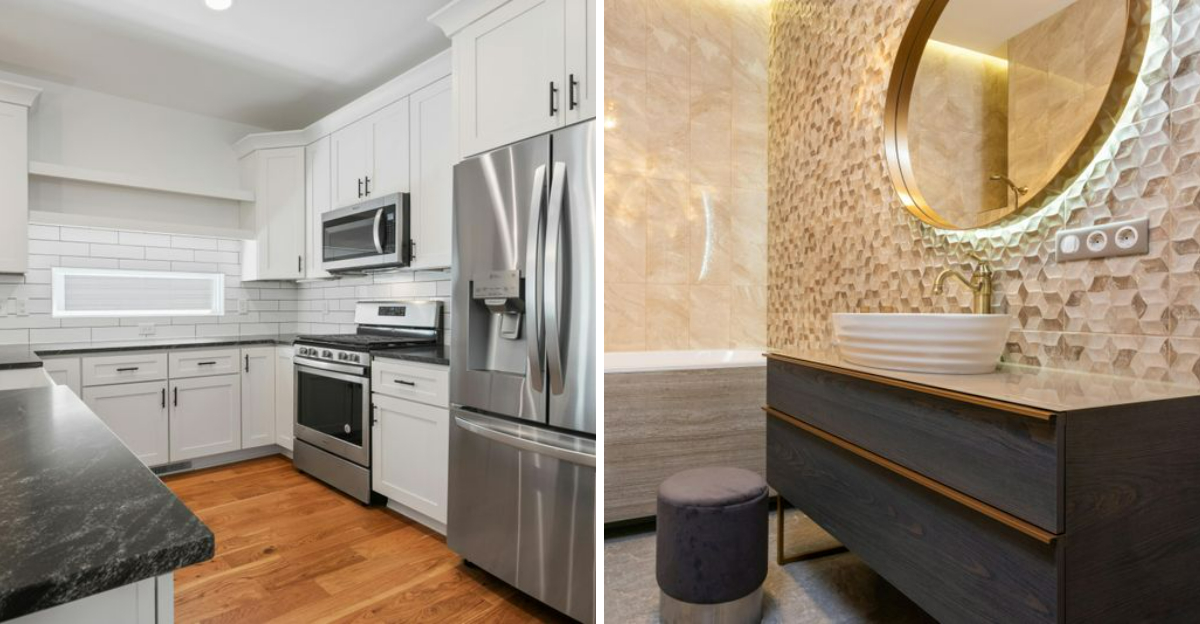
Home design trends change faster than most of us can update our spaces. What feels stylish today can quickly look outdated tomorrow, leaving homeowners reconsidering their choices. Knowing which trends may not last can help you make smarter, more timeless decisions for your home.
Here’s a look at popular features that design experts suggest might be falling out of favor. The information in this article is based on general design observations, applicability may vary depending on personal style, region, and market trends.
1. All-White Kitchens
The pristine, clinical look of all-white kitchens has dominated design magazines for years. However, practicality is pushing this trend toward extinction. White surfaces show every spill, fingerprint, and bit of food debris.
Homeowners are increasingly embracing warmer tones and mixed materials that hide everyday messes better. Natural wood elements, colorful islands, and two-tone cabinetry offer more personality while requiring less obsessive cleaning.
2. Farmhouse Style Everything
Shiplap, barn doors, and rustic signs with inspirational quotes have saturated the market to the point of becoming cliché. The once-charming farmhouse aesthetic has been so commercialized that it’s losing its authentic appeal.
Design experts predict a shift toward more personalized interiors that reflect individual style rather than mass-produced “farmhouse” items. Elements like reclaimed wood may stay, but the matching set of distressed decor pieces will likely fade away in favor of more unique, curated spaces.
3. Fast Furniture
Cheaply made, trendy furniture pieces designed for quick replacement are falling from favor as sustainability concerns grow. These disposable items often end up in landfills within a few years when they break or styles change.
Quality craftsmanship and longevity are making a comeback. Younger generations are increasingly seeking out secondhand treasures, investing in well-made pieces, or choosing modular furniture that can adapt to different spaces and needs over time.
4. Gray Everything
The era of gray as the go-to neutral for everything from walls to floors to furniture appears to be waning. This once-fresh alternative to beige has become so ubiquitous that homes are starting to feel cold and impersonal.
Warmer neutrals like taupe, sand, and soft earth tones are gaining momentum. Designers are also embracing actual colors again – from rich jewel tones to soft pastels – bringing personality back into spaces that had become almost clinically neutral.
5. Accent Walls
The single dramatic wall of bold color or busy wallpaper is showing signs of decline. What once seemed like a safe way to add personality without committing to a whole room of pattern or color now often feels dated and disconnected from the overall design.
More cohesive approaches are gaining favor. Designers are embracing fully painted rooms in rich hues or applying wallpaper to entire spaces for a more immersive feel. The future points to more thoughtful color stories throughout homes rather than isolated statements.
6. Over-the-Range Microwaves
The standard placement of microwaves above stoves is becoming less popular as home cooks recognize its limitations. This positioning can be difficult to reach safely, especially for shorter people or children, and the appliance often fails to ventilate cooking odors effectively.
Microwave drawers built into lower cabinets or countertop microwaves tucked into pantries are gaining popularity. Modern kitchen designs increasingly separate cooking functions for safety and convenience while creating cleaner sightlines.
7. Minimalist Lack of Storage
The ultra-minimalist look that celebrates bare surfaces and hidden storage is proving impractical for most families. Real life involves stuff – from kitchen gadgets to kids’ toys – and designing homes without adequate visible storage creates daily frustration.
Future home designs are embracing beautiful, intentional storage solutions. Open shelving for frequently used items, attractive cabinets with interesting hardware, and multifunctional furniture acknowledge that homes are for living, not just looking pretty in photographs.

